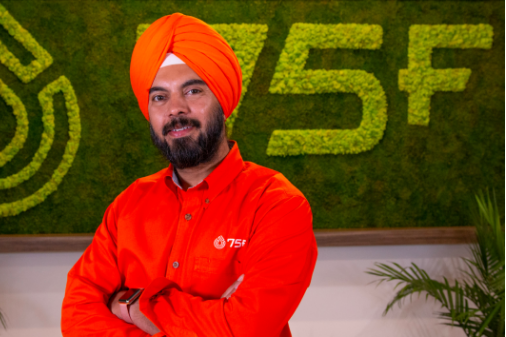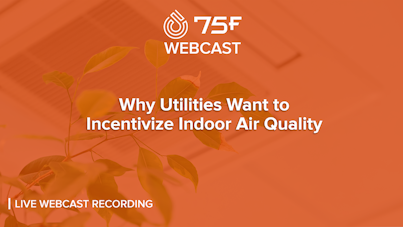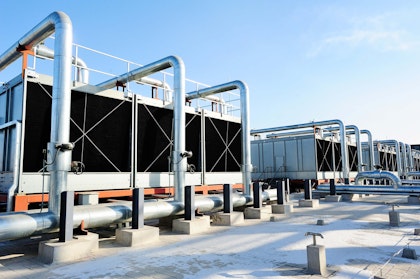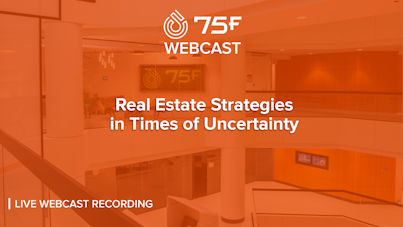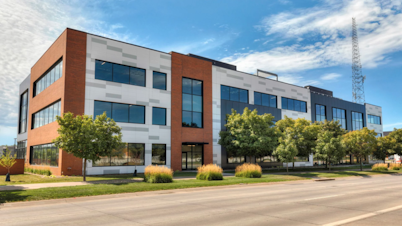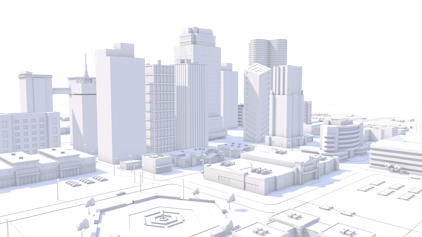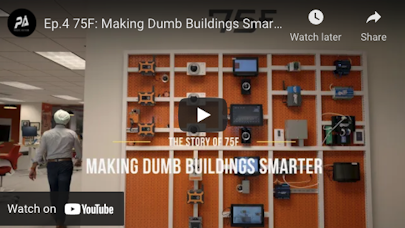
Top 5 Headaches in Building Controls & How IoT Can Help
Commercial building controls as we know them today have been around for decades. Over the years, controls evolved from basic actions triggering a reaction to built-out systems capable of managing many millions of square feet for energy use, occupant comfort, convenience, and more. Building automation systems (BAS) now have so many complex capabilities across equipment types and system integrations that designing and installing them are increasingly customized endeavors requiring hefty time, expertise, and money to complete.
Assuming building owners and operators have the capital, time, and resources to move forward with a BAS, a highly customized project that achieves a unique project scope sounds great, right?
It does, until it doesn’t. Due to the cost and complexity of many BAS projects, owners and facility managers frequently do not have the ability to upgrade or install their control systems in one project. Many opt to finance their projects over multiple years, and oftentimes put them to bid separately in each phase. The result is massive inconsistencies in control systems design and operation, leaving facility managers with headaches for years to come.
In this blog post, we'll explore five ways traditional building controls can cause problems for building owners and operators in the days, months, and years after installation, and identify IoT-based approaches that can solve them.

1. Inconsistent Standards & Customizations
Traditional control solutions are highly customizable, even on "canned" unitary controllers. This may seem like a positive thing, but such degrees of customization spread out in a single project over separate phases can lead to problems like the same type of unit running multiple different sequences and containing different point names.
Across multiple projects, manufacturers have their own custom sequences and naming nomenclatures, creating more variation between projects. For example, one provider's VAV controllers heat to sustain a zone temperature by modulating the damper to maintain heating minimum flow, while another provider’s controllers maintain a static DAT setpoint and reset the heating flow based on load calculation. And, large custom air handlers can have varying sequences based on the engineer assigned to program that AHU.
On a practical level, varying sequences and point naming lead to inefficient building operation and make accurate building performance analytics hugely difficult and expensive to assemble.
An IoT-based approach to building automation solves this challenge by leveraging the cloud to deploy plug-and-play control sequences following ASHRAE Guideline 36, right out of the box. Programming is profile based and native to the devices so they will always be consistent, regardless of the installer. Although these control profiles are plug-and-play, IoT-based systems give building operators specialized control with openly available tuners and configurations that can deploy over the air.
Even with slightly altered control sequences, differences in point naming are not an issue in an IoT-based system that automatically names, tags, and natively deploys points to an online user portal. 75F's is called Facilisight, and there are no required custom graphics involved.
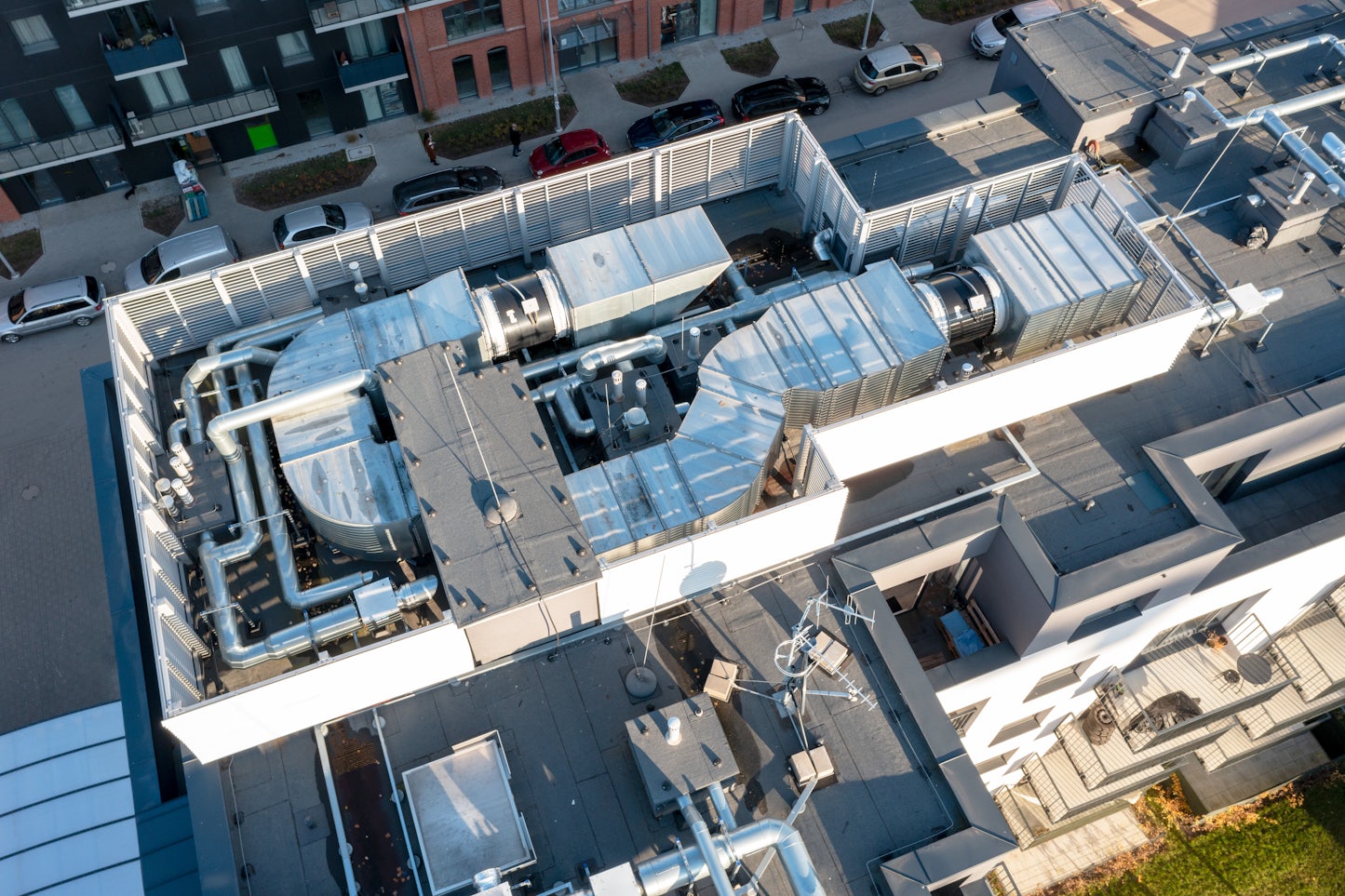
2. Varying Designs
Because of the ability to customize point terminations in traditional building automation, inconsistencies in wiring may also be present on the device itself and in its control panel. One controller may have the fan enable on DO1, and another on DO3. On a unit with 60 or more I/O, this easily becomes overwhelming. If closeout or other project documentation were never provided or the panel detail drawings are lost, troubleshooting may involve tracing large lengths of cable and hours to days of servicing a failure.
This all leads to confusion for those servicing and maintaining the property. When expectations are set on how a piece of equipment should work and the operation varies from this expectation, the original technician who programmed the device will need to support troubleshooting — sometimes it can take days or weeks to get this person to the building site. Depending on the severity of the issue needing troubleshooting, building operators may need to manually operate equipment during this waiting period, causing equipment strain and wasted energy. Alternatively, the equipment could be turned off entirely, leaving the building uncomfortable or critical equipment compromised.
An IoT-based building controls system manufacturer designs on every project, so wiring configuration is always consistent and documentation is always available. Project engineers provide support throughout the project with commissioning services and closeout as-built documentation.

3. Expensive & Complicated Critical Inventory
When controls projects are highly customized, they frequently include multiple different brands or configurations of components, such as transformers, sensors, relays, and more. Sensors are available in different types and scales — 10k2 vs 10k3 vs 1k RTD — relays with different coil voltage ratings, and transformers with unique physical configurations and taps.
For the building owner, this means increasing critical inventory to ensure their equipment can be repaired and functional quickly after a failure. With a wide variety of equipment and high inventory counts, this becomes costly and labor intensive to maintain, and it is difficult to ensure a replacement part is like-for-like. What’s more, if a component is in operation for a long length of time, labels can fall off or fade, resulting in incorrect part replacement or extensive time spent troubleshooting to identify the correct component.
Software-defined hardware components are a prominent pillar in an IoT-based BMS. The system uses the same device for VAVs, exhaust fans, unit ventilators, and unit heaters, and one thermostat model for all FCUs, HPUs, split/packaged units, RTUs, and IAQ monitoring. Because each device supports several applications, less SKUs are needed for replacements and bill of materials (BOMs) are reduced due to consistent, openly specific components across solutions.
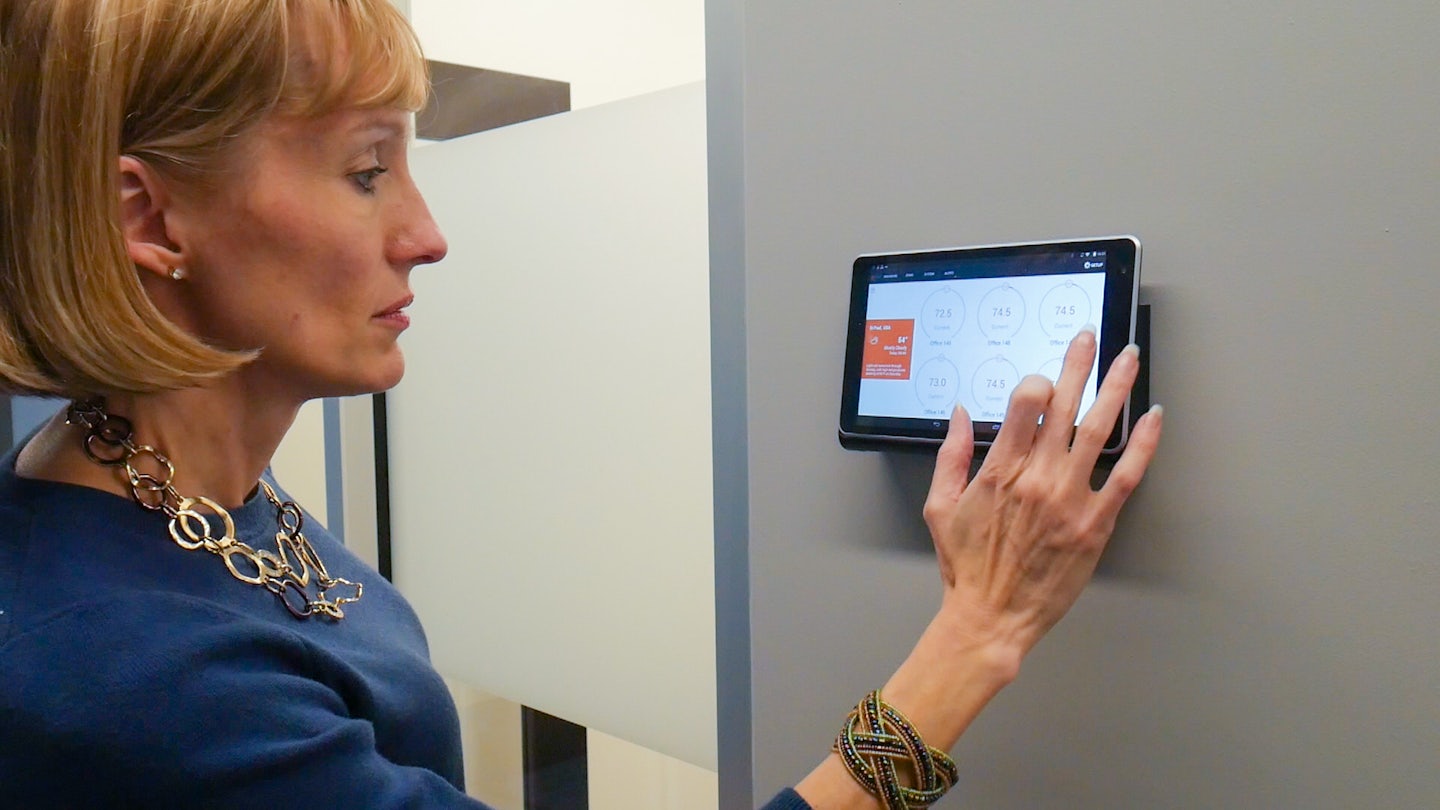
4. Multiple User Interfaces & Cyber Security
Across multiple projects, contractors will commonly install different graphics packages and integration platforms. Sometimes a contractor will install their own servers and operator workstations, leaving the facility manager with a steeper learning curve and IT solutions to manage that they do not fully understand.
With differing platforms, holistic dashboards cannot exist, creating operational inefficiencies and wasted time reviewing critical system data and inconsistent system alerts. If these are accessible via web access, the facility manager or building engineer would need to bookmark multiple web URLs, which can be lost or accidentally deleted. User management is unique to each system, so every time there is a new employee or someone quits, each system needs to be updated individually. Typically this leads to all engineers sharing one username and password, creating security concerns. Updates to the operating system on the servers oftentimes are not made because the facility crew do not know how, or the update may crash the control system, creating additional cyber security concerns.
These concerns are less prevalent in an IoT-based BAS due to these streamlines and protections:
No operator workstation, site supervisor, or on-premise servers are required, and there is no need for Windows Server/Linux updates.
Complex networks and firewalls are not required.
User management is done through one single interface for all sites.
One single, easy URL for remote web browser access and a mobile app.
Natively deployed, cloud-hosted system with a database, tagging, trending, dashboards, and user interfaces are created automatically after installation.
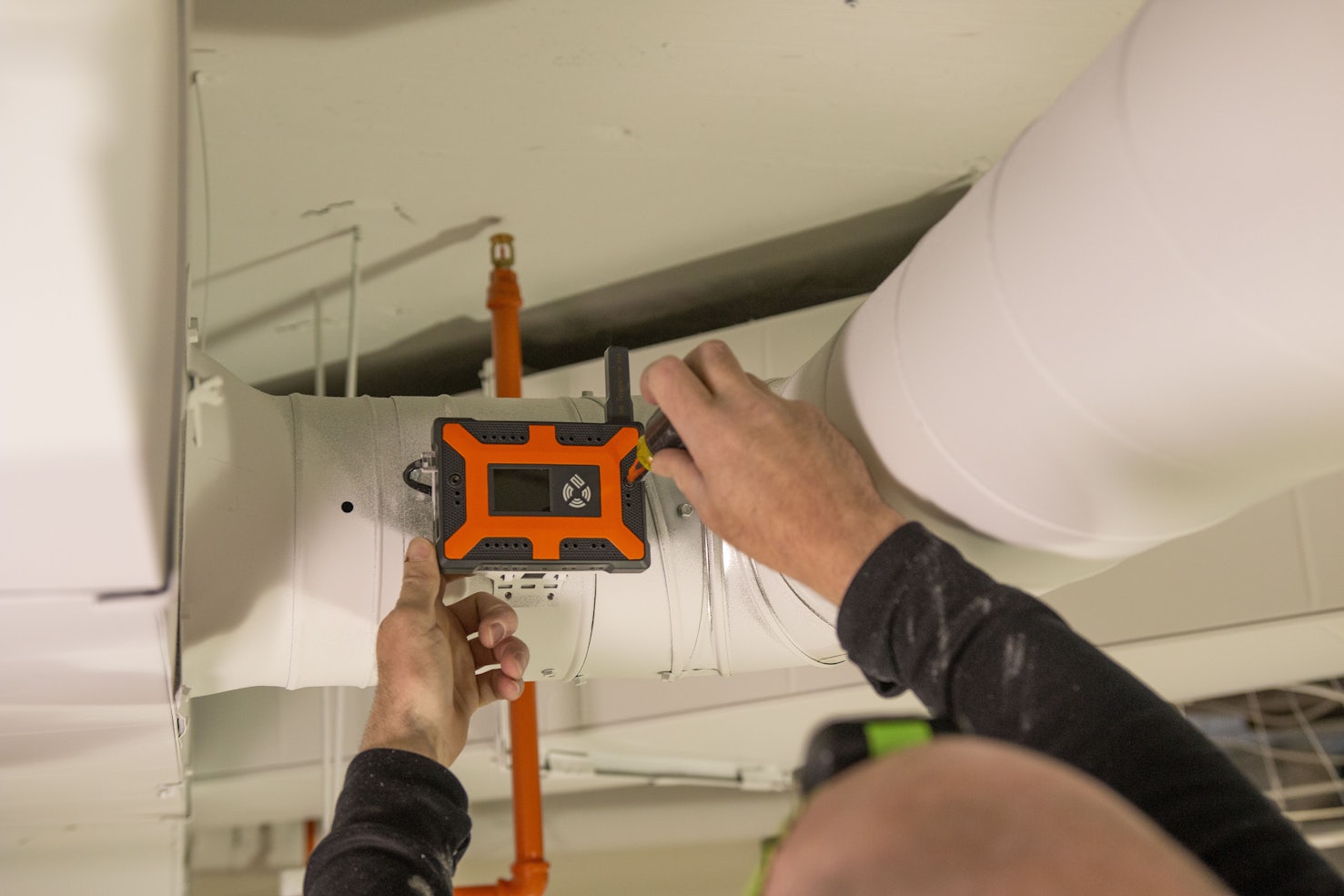
5. Perpetual Operational Costs
Traditional control systems typically pair with software to connect and program the controller. Configuration files or databases are associated with each of these devices. The last programmer may have forgotten to save their program, or may not have provided the most current configuration to the owner. If the controller needs to be replaced, the sequence will not match the most recent configuration. All of this leads to heavy reliance on the control contractor as the only group that can support that solution and unnecessary, hefty ongoing operational costs.
Additionally, the building may be left with controllers that are only available in a closed distribution model. This means devices must be purchased through an exclusive dealer or distributor of the control solution. In this circumstance, training is not available and programming software is not available for purchase. The property can obtain the databases or configuration files, but cannot use them in replacement scenarios because they don’t have the correct programming software. They are then forced to circle back to the dealer, sometimes leaving them no choice but to purchase expensive maintenance and service agreements. If the dealer's performance is poor or there is a broken relationship, the property management has no other option.
Down the road, if a single piece of equipment or a sizable amount of new equipment is added, communication trunks need to be reconfigured, many times requiring re-cabling, additional controllers, and a system integrator to bring data into the front end and create graphics. Documentation is normally very poor for both the existing system and the new additions. Sometimes the new equipment is left standalone to avoid additional time and cost when installing the right solution.
A native IoT BAS virtually eliminates these challenges — with no required custom software or laptop for configuration, there are no program files to maintain. Because an IoT-based system is simpler to implement, distribution models are more open and don't include territory exclusivity agreements.
Adding to an existing IoT-based system is as simple as wiring, powering, and pairing. No tracing or reconfiguring communication trunks, custom data mapping and integration, or custom creation of graphics for the new equipment required. Due to process ease, IoT-enabled systems also mean building operators are less likely to have standalone equipment to manage.
